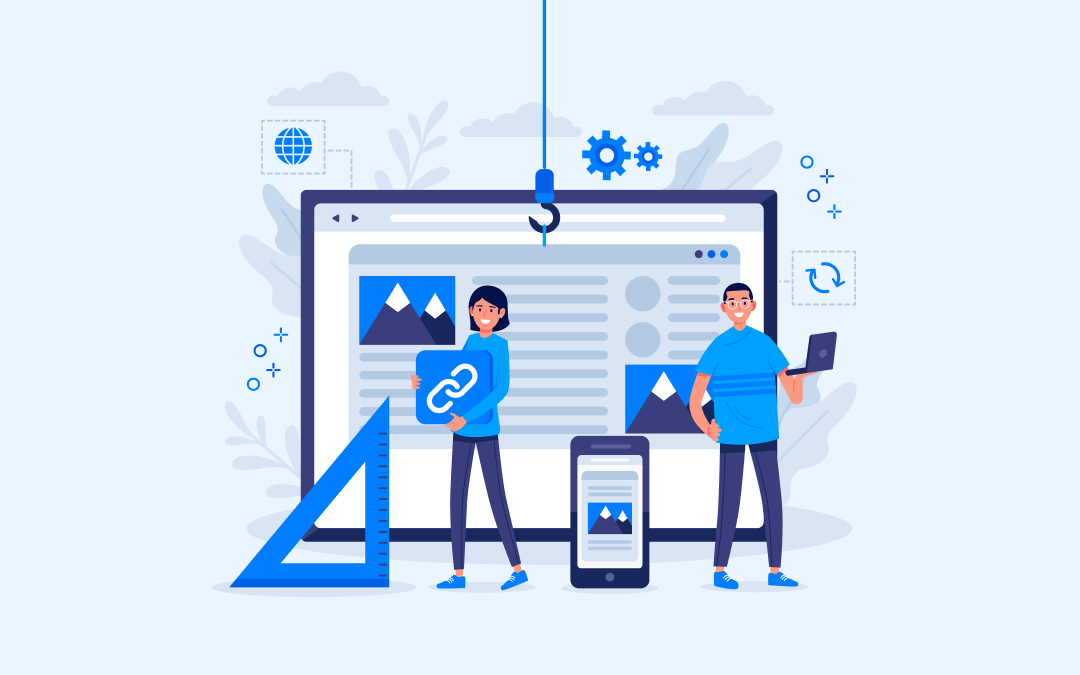Every online business has some advantages and responsibilities. Maintaining a high-volume traffic website is one of them. Website traffic is an important calculation for businesses, as it tells them about their connection to audiences. Huge website traffic is also considered parallel to high conversion rates, better sales, and better SEO performance. However, there are many benefits to high-volume website traffic, and not optimizing it properly can take a toll on a website’s performance.
Managing a high-volume traffic website is like heading to a restaurant; if you aren’t able to cater to huge crowds, your performance may go down. Building a scalable website is important to ensure your webpage functions efficiently in all kinds of situations. And users are offered maximum satisfaction and services at all times.
In this article, we will discuss 6 such tips to manage traffic while maintaining the website’s performance.
1. Always Track Your Website Metrics
- Tracking your website metrics regularly can help maintain the scalability of your website. These metrics tell you about the total number of visitors, their behavior, page views, and your website’s efficiency.
- Noting key indicators like page load time, response time, and scalability index can help you recognize errors or areas that are lacking.
- You can always use tools like Google Analytics, Mixpanel, SimilarWeb, and more to monitor your website’s metrics.
2. Follow Some Website Optimisation Tips.
- Optimizing your website is another popular way to handle high traffic. It is helpful in several ways, from enhancing the website’s speed and accessibility to boosting UX.
- By following simple steps like compressing your file’s size, updating your applications, optimizing your images, and upgrading your server, you can easily boost your website’s scalability.
- According to experts, content optimization plays a significant role in improving performance as well as marketing.
3. Content Delivery Network (CDN) for Help
- Using a Content Delivery Network (CDN) can be beneficial in coping with scalability problems.
- CDN has its servers spread all over the world. It helps serve the content to a user based on their proximity. Thus, it helps visitors access the resources useful to them while also promoting your brand and ensuring your website’s resources are not overcrowded.
- CDN is also effective in making your site more secure and trustworthy.
- Amazon CloudFront and Cloudflare are some of the most popular CDNs these days.
4. Improved Caching = Better Scalability
- Caching is a popular way to lessen the workload on your original database. Caching uses temporary storage to collect all the important data. Thus reducing your dependency on the original database. This makes caching a super useful technique to improve availability, response time, and several other metrics.
- It is also helping increase the overall scalability of your website.
5.Scalability Testing
- Scalability testing is important to understand your website’s ability to react in high-traffic and extreme conditions.
- Such tests can help identify potential errors and bottlenecks. It is also an indicator of your website’s capability to handle a huge audience without compromising its functionality.
- Better results from scalability tests are equivalent to satisfactory user experiences.
- You can use tools like Apache JMeter, WebLoad, and Loadrunner to test your website.
Conclusion
Improper handling of high traffic can hurt your brand’s value and sales. Thus, building a scalable website is crucial to benefit the customer as well as the online business. It ensures websites serve high search volume without any hindrance. Ralecon, a reputed web design agency in Bangalore, completely understands the same and aims to be your trusted web design partner.
Ralecon’s web designs are built with user-friendly features and with the use of advanced technology to manage all kinds of traffic.
Partner with us and see the improvement yourself.

